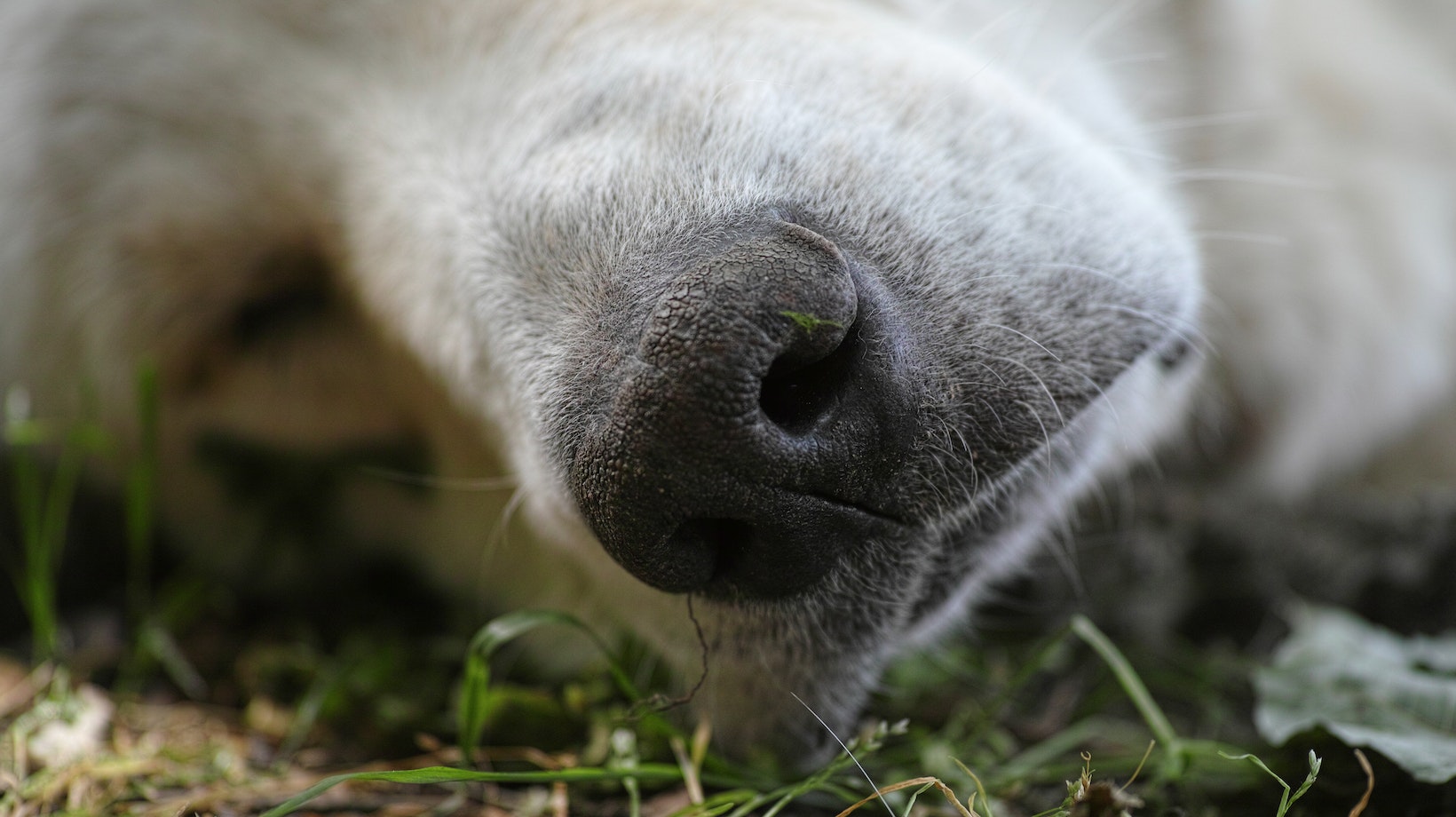How to Calm an Anxious Dog
Firstly, establishing a calm and structured environment is key. Create a safe space for your Labrador where they can retreat when feeling overwhelmed. This could be a designated area with their bed or crate, away from loud noises or commotion. Consistency is also vital in training an anxious dog – establish regular routines for feeding, exercise, and playtime.
Another valuable technique is desensitization. Gradually exposing your Labrador to situations that trigger their anxiety can help them become more comfortable over time. Start with low-intensity stimuli and gradually increase the exposure as they become more confident. This could include introducing them to new people or environments in controlled settings.
Positive reinforcement is an essential tool when training any dog, including anxious Labradors. Rewarding good behavior with treats or praise helps create positive associations and builds trust between you and your furry friend. Remember to be patient and understanding throughout the process – training an anxious dog takes time but the results will be worth it.
By following these tips and techniques, you’ll be well on your way to effectively training your anxious Labrador. With patience, consistency, and positive reinforcement, you can help them overcome their fears and lead a happier life filled with confidence and peace of mind.
Recognizing Signs of Anxiety in Your Dog
When it comes to our furry friends, their well-being is a top priority. As a dog owner, it’s crucial to be able to identify signs of anxiety in your Labrador or any other breed. Dogs can experience anxiety due to various reasons such as separation, loud noises, new environments, or even past traumatic experiences. By recognizing these signs early on, you can take the necessary steps to help alleviate your dog’s anxiety and provide them with the support they need.
Here are some common indicators that your Labrador may be experiencing anxiety:
- Restlessness: If you notice your Labrador constantly pacing around or unable to settle down, it could be a sign of anxiety. They may have difficulty finding comfort and appear restless even when there is no apparent reason for their agitation.
- Excessive Barking or Whining: Dogs with anxiety may vocalize excessively as a way to express their distress. If your Labrador starts barking or whining more than usual and seems unable to calm down, it could indicate heightened levels of anxiety.
- Destructive Behavior: An anxious dog may resort to destructive behaviors as an outlet for their emotions. Chewing furniture, digging holes in the yard, or tearing up household items are all common signs of stress and anxiety.
- Trembling or Shaking: Just like humans tremble when they’re nervous or afraid, dogs can also exhibit trembling or shaking during periods of heightened anxiety. Keep an eye out for these physical manifestations in your Labrador.
- Avoidance Behaviors: Dogs with anxiety might try to avoid certain situations that trigger their fear or discomfort. Your Labrador may hide behind furniture, cower in corners, or attempt to escape from their environment when feeling anxious.
- Changes in Appetite: Anxiety can impact a dog’s appetite either by causing them to eat less or overeat as a coping mechanism. Monitor any sudden changes in your Labrador’s eating habits, as they can be an indication of underlying anxiety.

Creating a Calm Environment for Training
When it comes to training an anxious dog, creating a calm environment is essential. As an expert in dog training, I’ve found that establishing the right atmosphere can greatly help reduce anxiety and increase focus during training sessions. Here are some tips on how to create a tranquil space for your Labrador or any other anxious dog:
- Find a quiet and secluded area: Choose a location in your home or backyard where distractions are minimal. This could be a designated corner of the room or a peaceful spot outdoors. By limiting external stimuli, you can help your anxious dog feel more at ease and less overwhelmed.
- Set up comfortable bedding: Providing your Labrador with cozy bedding can contribute to their overall sense of security and relaxation. A soft and supportive bed will give them a safe place to retreat to during breaks in training sessions.
- Use calming scents: Certain scents have been shown to have a calming effect on dogs. Consider using lavender oil or chamomile-infused sprays in the training area to promote relaxation. Remember to use pet-safe products and avoid overwhelming fragrances that may cause discomfort.
- Establish consistent routines: Dogs thrive on predictability, so establishing regular routines for feeding, exercise, and training can help alleviate anxiety. Stick to set times for these activities as much as possible, providing structure that helps your Labrador feel secure.
- Maintain a positive atmosphere: Dogs are highly attuned to their owners’ emotions, so it’s important to maintain an upbeat and positive attitude during training sessions. Use rewards such as treats or praise when they exhibit desired behaviors, reinforcing their confidence while reducing anxiety.
By implementing these strategies, you’ll be able to create an environment conducive to effective training while helping your anxious Labrador overcome their fears step by step.